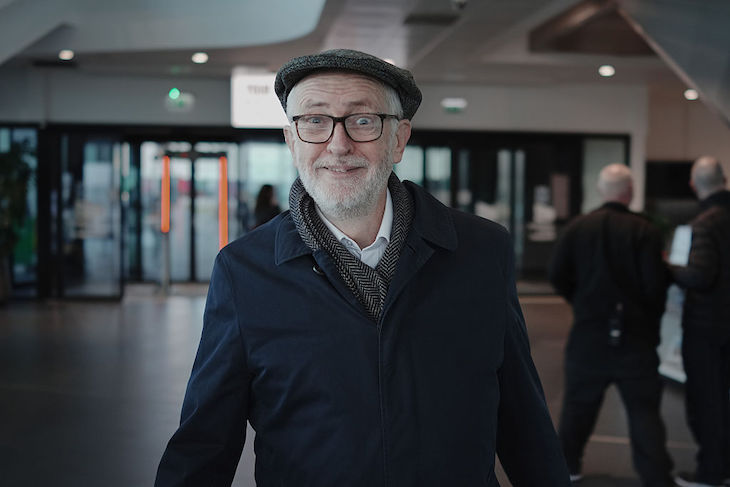At least two people have died and several injured after a car was driven down a busy shopping street yesterday in Mannheim, in western Germany. A 40-year-old man has been arrested.
It is not clear yet if this attack was ideologically motivated. But car attacks like this are becoming horrifyingly common in Germany. In Magdeburg and Munich either side of last Christmas a total of seven people were murdered in two separate car rammings. In both cases, the suspected attackers were foreign nationals.
Across Europe, cars are once again becoming the weapon of choice for crazed or radicalised assailants
Britain has fortunately manage to avoid any vehicle ramming terrorist incidents since the Westminster bridge attack in 2018 (in the previous year there were three attacks, in Westminster, London Bridge and Finsbury Park). But we should not be complacent – across Europe, cars are once again becoming the weapon of choice for crazed or radicalised assailants.
For a terrorist, the attraction of using a car for an attack is obvious. They are ubiquitous, easy to purchase or steal and can be turned into very efficient killing machines with little in the way of preparation or skill. The carnage they create is then shared on social media in seconds. Terrorists want an easy way to create fear and chaos. Ramming attacks are one of the cheapest and easiest ways to wreck social resilience.
Despite this, many of our own public spaces are woefully unprotected. Many of London’s bridges still do not have permanent ‘hostile vehicle mitigations’ to use the jargon. That’s the sort of barriers built to block or catch a car before it mounts a pavement because of wrangles over funding and which authority is responsible. Permanent barriers, with higher levels of resilience, are still not on London Bridge, Blackfriars bridge and Tower bridge due to funding constraints despite their vulnerability.
Other public spaces that attract large crowds, such as Christmas markets that Islamic State specifically target, don’t fare much better either. Lord Toby Harris, who in 2022 reviewed London’s preparedness for a vehicle ramming attack said it likely that several key sites across the rest of the UK don’t have any anti-vehicle attack infrastructure in place at all.
The strand of our national counter terrorism strategy, Contest, that deals with defending public spaces against this threat is called ‘Protect.’ Yet the Protect guidance on this specific threat of vehicles as weapons is pretty sparse and buried under information about the other ways terrorists can use cars – to penetrate a perimeter or carry a bomb. The Protect guidance also focuses on ‘layered attacks’ – where a vehicle is used before the attacker then carries out a knife attack or other violent act.
More alarmingly, none of Protect’s advice is compulsory. There is no obvious requirement for local authorities to protect key public areas from a car attack. And as we know, given how stretched local authorities are at the moment, they are unlikely to do any of this voluntarily.
There is no room for complacency here. Vehicle attacks have happened here in the past and these is no reason to believe that we are immune from them in the future.
You may have noticed that many public spaces in this country have become more difficult for cars to access in recent years, with pedestrianisation and security features disguised as street furniture. But we are nowhere near secure enough. In my opinion, the public will tolerate more security features, CCTV surveillance, bollards and barriers, in return for not being murdered while out shopping.
We don’t know yet know the full details about what happened in Mannheim. But whether an individual is animated by nihilism, politics or religion, the carnage they cause is similarly irreversible.
There are trade-offs that have to be made in this new age of extremity. We ought to make securing all of our large public spaces a priority and part of our critical national infrastructure with central government heft behind it. If not, and if car ramming attacks proliferate here, there will be huge social and political consequences.








Comments